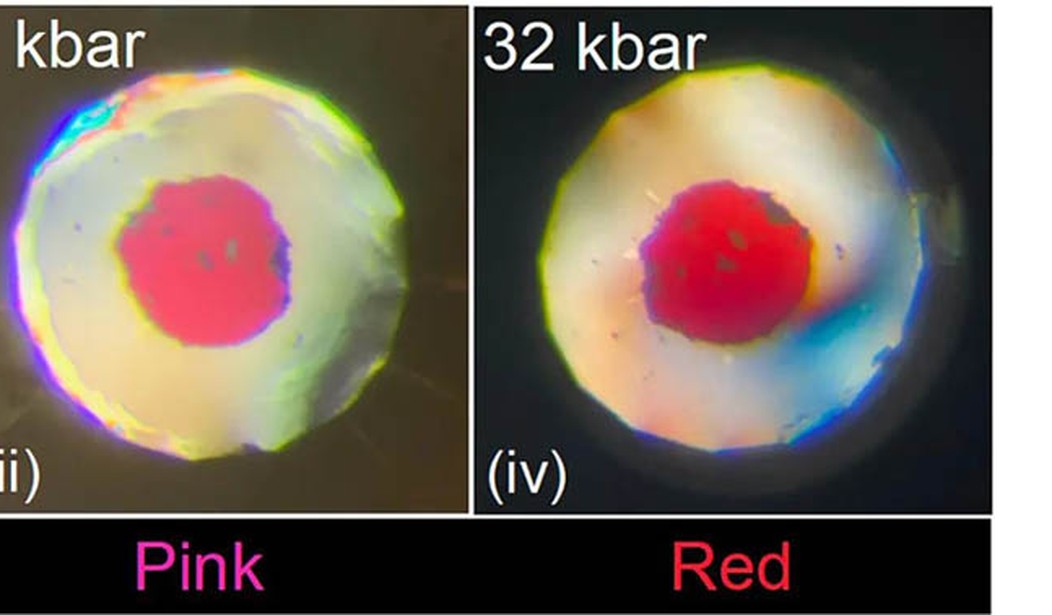Today the journal Nature published a new study which is getting a fair amount of media attention. A group of researchers at the University of Rochester claim to have created a new material which could bring superconductivity to normal room temperatures. The NY Times has a nice piece on the backstory here.
Superconductivity was discovered by Heike Kamerlingh Onnes, a Dutch physicist, and his team in 1911. Not only do superconductors carry electricity with essentially zero electrical resistance, but they also possess the strange ability known as the Meissner effect that ensures zero magnetic field inside the material.
The first known superconductors required temperatures only a few degrees above absolute zero, or minus 459.67 degrees Fahrenheit. In the 1980s, physicists discovered so-called high-temperature superconductors, but even those became superconducting in conditions far more frigid than those encountered in everyday use…
In 2015, Mikhail Eremets, a physicist at the Max Planck Institute for Chemistry in Mainz, Germany, reported that hydrogen sulfide — a molecule consisting of two hydrogen atoms and one sulfur atom — turned superconducting at minus 94 degrees Fahrenheit when squeezed to about 22 million pounds per square inch. That was a record high temperature for a superconductor at the time.
So this research has made significant strides but obviously -95 Fahrenheit is not something that will be easy to maintain outside of a laboratory. But this new research claims to have created a superconductor which could potentially work at up to 70 degrees Fahrenheit, albeit at very high pressure.
It was obvious that something was happening to the mix of lutetium/nitrogen/hydrogen before any measurements were made. At ambient conditions, adding the two gases turned the lutetium blue, likely due to hydrogen infiltrating the metal. But, as the pressure increased to thousands of atmospheres, the mixture turned a dramatic pink, which turned out to be associated with the mixture becoming metallic. Continuing to ramp up pressures to over 30,000-times atmospheric pressures saw it lose its metallic properties and turn a deeper red in color.
Superconductivity was possible in the entire range of 3,000- to 30,000-times atmospheric pressure. So the researchers worked through this pressure range to find the pressure that supports the highest critical temperature. The peak turned out to be at approximately 10,000-times atmospheric pressure.
That temperature was 294 K. Meaning about 21° C, or 70° F, which, as far as most of us are concerned, is room temperature.
Even so, this is potentially a big breakthrough:
“If this is correct, it’s completely revolutionary,” says James Hamlin, a physicist at the University of Florida who was not involved with the work. A room temperature superconductor would usher in a century-long dream. Existing superconductors require expensive and bulky chilling systems to conduct electricity frictionlessly, but room temperature materials could lead to hyperefficient electricity grids and computer chips, as well as the ultrapowerful magnets needed for levitating trains and fusion power.
But there is an asterisk hovering over this paper because this same lab previously put forward another paper on superconductors in 2020 which was published by Nature and then retracted after questions were raised about some of the data.
The editors of Nature retracted the earlier paper last year over the objections of Dr. Dias and the other authors.
“I’ve lost some trust in what’s coming from that group,” said James Hamlin, a professor of physics at the University of Florida…
Dr. Dias’s main antagonist is Jorge Hirsch, a theoretical physicist at the University of California, San Diego. He focused on the measurements that Dr. Dias’s group had made of the response of the carbon-sulfur-hydrogen compound to oscillating magnetic fields, evidence of the Meissner effect. The plot in the paper seemed too neat, and the scientists did not explain how they had subtracted out background effects in the plot.
When Dr. Dias released the underlying raw data, Dr. Hirsch said, his analysis indicated that it had been generated by a mathematical formula and could not be actually measured in an experiment. “From a measurement, you do not get analytic formulas,” Dr. Hirsch said. “You get numbers with noise.”
Dr. Dias and his team have not backed away from the previous paper and are working on a revised version of it. The current paper apparently went through five rounds of peer review and Nature did publish it despite the previous retraction. Ars Technica suggests the new work should be relatively easy for outside labs to replicate if the work is accurate.
…if this work can be reproduced, it’s likely a lot of people will do so relatively quickly. That’s because it needs far less elaborate hardware to create. As long as a lab has a decent air conditioning system, it should be trivial to keep a sample at the temperatures reported here. And the pressures required can be reached with far less elaborate equipment than you’d need to hit the Gigapascals required by past materials of this sort.
As a result, this material should be accessible to a lot more labs than could work on hydrogen-rich superconductors previously. So, if these results are real, we should see reports of the results being reproduced very shortly.
Anyway, exciting to see this. Hopefully it will be confirmed and that will lead to additional breakthroughs.








Join the conversation as a VIP Member